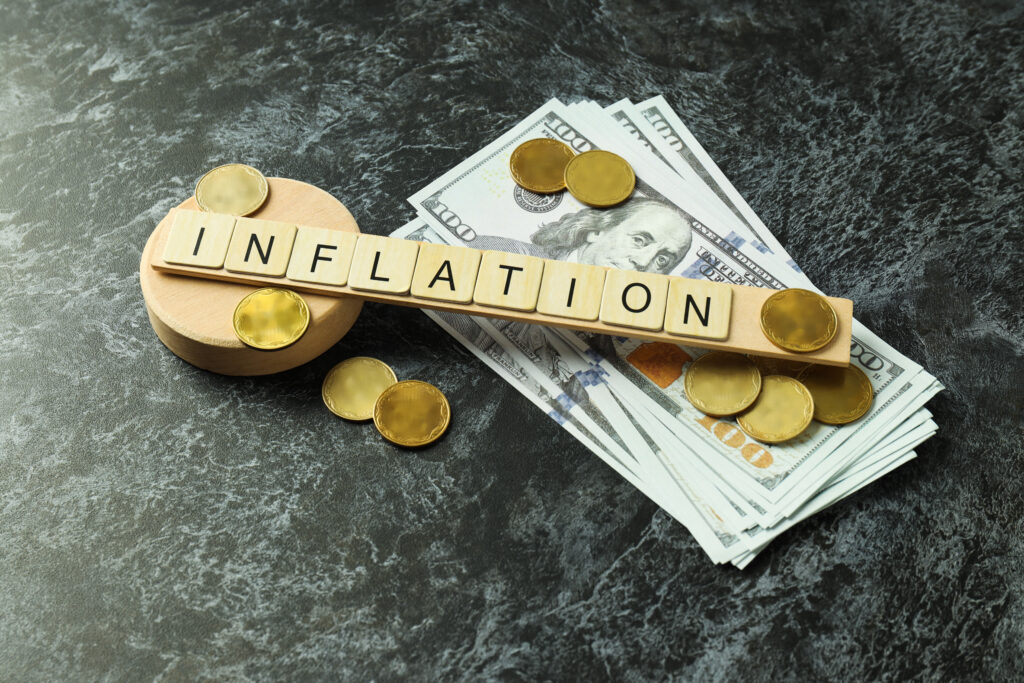Introduction
Inflation, the gradual increase in prices of goods and services over time, has long been a concern for economies worldwide. In recent times, the global economy has witnessed a period of rising inflation, leading central banks to implement strategies to mitigate its impact. The United States, with its significant economic influence, has been a focal point in discussions surrounding this issue. This article delves into the relationship between rising inflation and the Federal Reserve’s approach to adjusting interest rates.
Understanding Inflation and Its Drivers
Inflation is a natural occurrence in growing economies, but when it escalates rapidly, it can erode purchasing power, disrupt financial planning, and impact consumer behavior. Several factors contribute to rising inflation:
- Demand-Pull Inflation: Occurs when aggregate demand outpaces aggregate supply, leading to upward pressure on prices due to increased consumer spending.
- Cost-Push Inflation: Arises when production costs, such as wages and raw materials, increase, prompting producers to pass these costs onto consumers in the form of higher prices.
- Supply Chain Disruptions: Global events, like the COVID-19 pandemic, can disrupt supply chains, causing shortages and contributing to price increases.
- Monetary Policies: Expansionary monetary policies, such as printing more money, can lead to excess liquidity in the economy, driving inflation.

The Federal Reserve’s Dual Mandate
The Federal Reserve, often referred to as the Fed, plays a crucial role in managing inflation and ensuring economic stability. The Fed’s dual mandate involves two primary goals: price stability and maximum sustainable employment. This means the Fed aims to keep inflation in check while promoting job growth.
Interest Rates as a Tool to control Inflation’s impact
One of the Federal Reserve’s primary tools to influence the economy is the manipulation of interest rates. When inflation is on the rise, the Fed can respond by adjusting its benchmark interest rate, known as the federal funds rate. This rate influences borrowing costs for banks, which subsequently affects consumer and business loans, credit card rates, and savings account yields.
The Fed’s Response to Rising Inflation
In the face of escalating inflation, the Federal Reserve has a few options:
- Raising Interest Rates: Increasing interest rates makes borrowing more expensive, which can cool down spending and economic activity. It also encourages saving, which can help reduce demand-pull inflation and inflation’s impact.
- Forward Guidance: The Fed can use forward guidance to signal its intent to keep interest rates low for an extended period. This can influence consumer and business expectations, affecting spending and investment decisions.
- Quantitative Tightening: The Fed can reduce the money supply by selling its assets, such as government bonds. As this tightens liquidity in the economy, potentially curbing inflation’s impact.
Considerations and Challenges

Adjusting interest rates in response to inflation is a delicate balancing act. While raising rates can help combat this, it can also slow down economic growth and impede job creation. Moreover, the effectiveness of these measures depends on the specific drivers of this economic condition. Also, In a situation where supply chain disruptions play a significant role, interest rate adjustments might have limited impact.
Global Implications
Given the interconnectedness of the global economy, the Federal Reserve’s decisions reverberate beyond U.S. borders. Emerging markets and developing economies can be particularly vulnerable to interest rate hikes, as they might experience capital outflows and currency devaluation.
Conclusion
Rising inflation’s impact can have far-reaching consequences for an economy, affecting everything from consumer purchasing power to business investment decisions. So, the Federal Reserve’s response to these economic conditions through interest rate adjustments is a critical tool in maintaining economic stability. However, the decision to raise rates must carefully consider the complex interplay of various economic factors to ensure that the cure is not worse than the ailment. However, as economies continue to navigate the challenges posed by inflation’s impact, finding the right balance will remain a top priority for central banks around the world.
Disclaimer: The information provided in this blog is for educational purposes only and should not be considered as financial advice. Every individual’s financial situation is unique; consider consulting with a professional for personalized advice.
To read more, click here
Thank You For Reading, feel free to ask any questions in the comment section below.
Follow us on Social Media Platforms,
Click Here: Instagram, Facebook, YouTube, and Twitter
Stay Informed, Stay Responsible with My Finance World!










